Cremation ashes are composed primarily of bone mineral fragments, with phosphate making up 47.5% and calcium accounting for 25.3% of the total composition, followed by sulfate (11%), potassium (3.69%), sodium (1.12%), and chloride (1%), plus trace elements including silica, aluminum oxide, and magnesium. However, what most people don’t realize is that these seemingly harmless “ashes” – weighing approximately 3-4 kilograms per person – have a shocking environmental reality: they have the same pH level as bleach (11-12.5 out of 14) and contain roughly 1½ cups of salt, making them toxic to plant life and soil ecosystems, and also laboratory studies showing 90% of seedlings die when exposed to untreated cremated remains.
Understanding the true composition of cremation ashes is crucial for making informed decisions about memorialization – whether you’re considering traditional scattering, biodegradable urns, or innovative solutions that transform these minerals into life-giving nutrients for Living Legacy Trees.
Beyond The Fire: What Really Remains After Cremation?
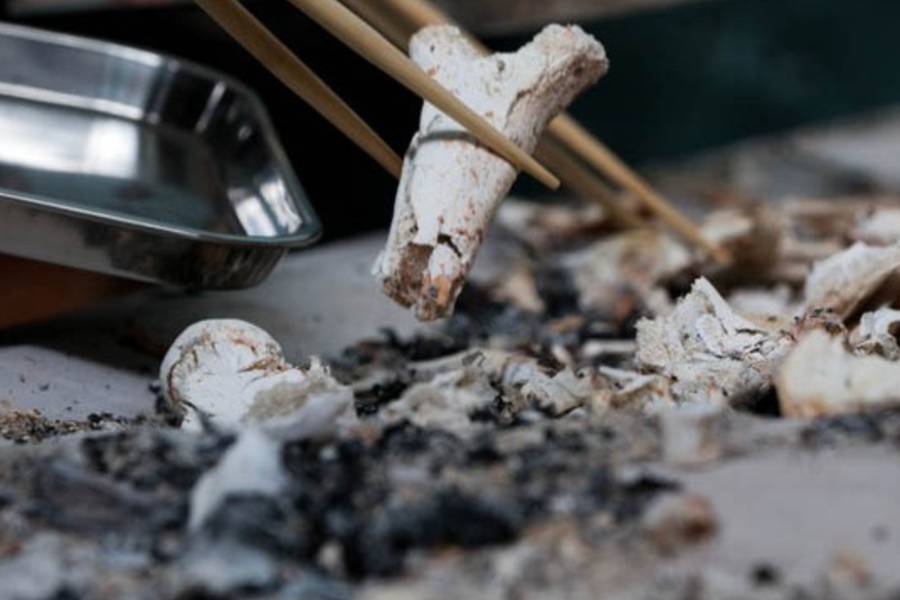
Ever wondered what’s left after cremation? Many of us question this, and the answer might surprise you. What you will receive as “ashes” isn’t ash in the way you might think. Instead, it’s primarily small little pieces of bone that have been carefully processed into a fine powder.
Their remains are packed with minerals, consisting of about 47.5% phosphate, 25.3% calcium, and other important elements like sulfate, potassium, and sodium. Even after facing a temperature between 1,400 and 1,800 degrees Fahrenheit, it’s your bone structure that endures, typically weighing around 6.5 to 9 pounds (around 3kg). But these minerals cannot be absorbed by a tree because untreated ashes have the same pH as bleach and contain around 1 cup of salts which creates a toxic profile which is proven to kill 80% of seedlings in 21 days. People scatter ashes in nature because it’s beautiful but it’s beautiful because the eco system is healthy. If you want the ashes to contribute to nature and live on through the circle of life it’s important for the ashes to be treated first.
When families get these cremated remains, they often notice they feel like fine sand rather than normal ash. This sand-like material is the core mineral content of your loved one. Knowing the exact composition of these “ashes” is interesting and important. This information helps you make informed choices about how to honor and remember your loved one, whether through a traditional urn, a special scattering ceremony, or innovative ideas like a Living Legacy Tree.
What Are Cremation Ashes?
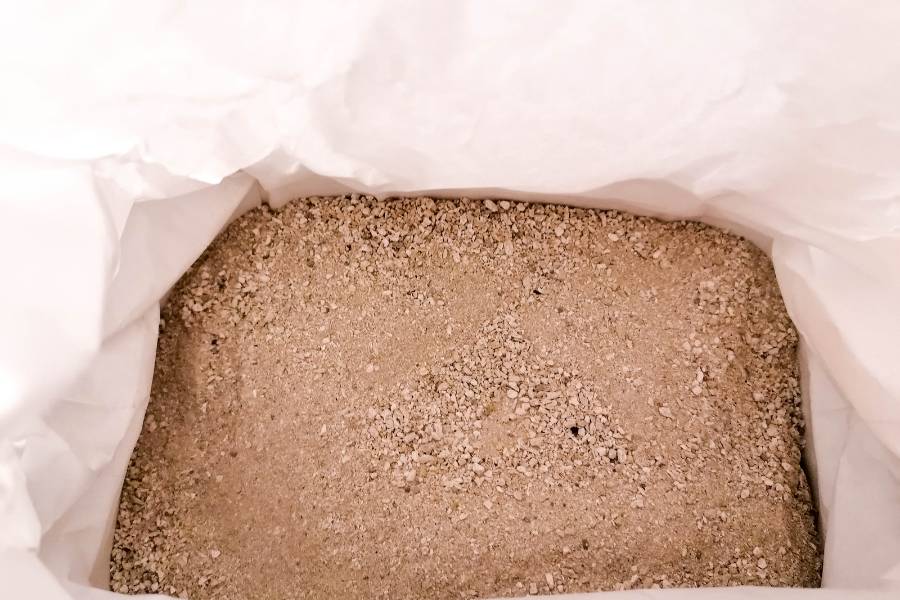
What are your thoughts on cremation ashes? what are cremation ashes? Is it commonly fine, powdery, and soft? Dark grey or black in color? Despite the common name, cremation ashes aren’t like the fluffy ash from a fire.
Cremation ashes are primarily composed of bone fragments that have been pulverized into a fine, powdery substance. They do not include organs, tissues, or water, as these are vaporized during the cremation process.
Your body is primarily made of water, carbon, and your sturdy bone structure. During the process (extreme hot temperatures), all your soft tissue, organs, muscles, skin, and hair are completely vaporized and turn into gases. Only your strong bones remain after this intense process. Then, these bone pieces are carefully ground up into powder.
To help you understand, think about wood burning in a fireplace. Those light grey flakes are what real ash looks like. Cremation “ashes” are different. They are tiny little fragments of bone that have been hardened by the heat and then ground into uniform particles.
This difference is crucial because it explains why cremated remains have their specific chemical makeup and why they appear as they do. Their weight, texture, and overall composition all directly reflect the mineral content of human bones, rather than being simply burnt organic material.
What Is The Composition Of Cremation Ashes?
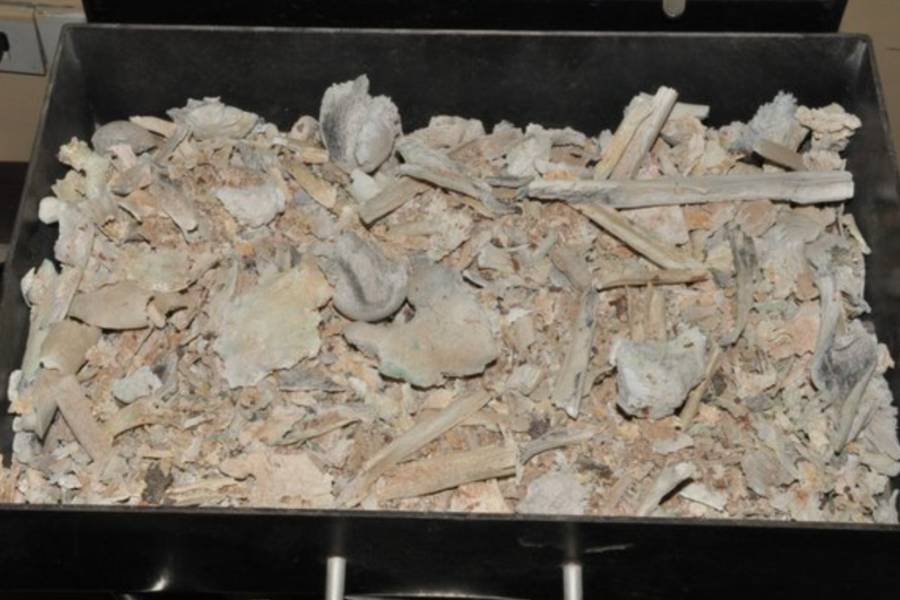
What’s inside cremation ashes? They are more than just generic dust. They are a specific mix of minerals from your bones. Knowing their composition does matter because it can help your decision on what to do with ashes . Your understanding of the composition is also the key to choosing the best way to honor your memory and why handling your remains properly can be a life-changing experience.
So what is the composition of cremation ashes? the composition of cremation ashes are a complex mix of twenty different elements and compounds, with some other elements. Here are the breakdown of the composition of cremation ashes:
Main Components Of Cremation Ashes:
- Phosphate: Makes up a significant 47.5% of your ashes.
- Calcium: accounts for 25.3% of your ashes.
- Together, phosphate and calcium make up nearly three-quarters of your ashes, as they are the main minerals in your bones.
Other Key Minerals In Cremation Ashes:
- Sulfate (11%)
- Potassium (3.69%)
- Sodium (1.12%)
- Chloride (1%)
Smaller Contents In Cremation Ashes Include:
- Silica (0.9%)
- Aluminium oxide (0.72%)
- Magnesium (0.418%)
- Iron oxide (0.118%)
- Trace elements like zinc, titanium oxide, barium, and even tiny bits of mercury can also be present.
Cremation Ashes Have High Salt Content: Your cremated ashes contain about 1.5 cups of salt, which is roughly 12% of the total weight. This high sodium content is important to consider if you are thinking about scattering ashes in nature or using them with memorial plants or trees.
The Detailed Breakdown Composition Of Cremation Ashes
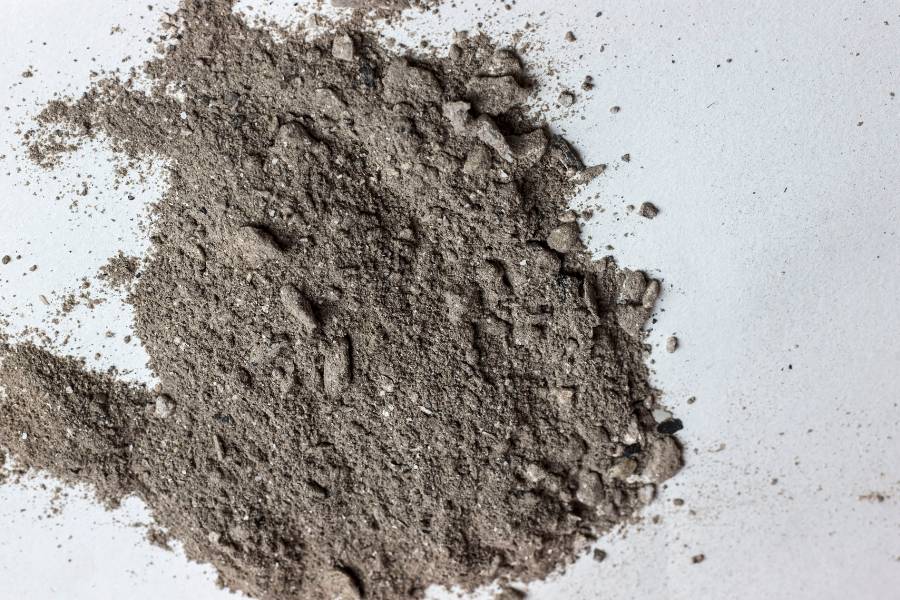
To truly understand your cremation ashes, you must know their exact composition.
Through a scientific analysis using Inductive Coupled Plasma Emission Spectroscopy (ICP), we can know precise measurements of cremation as composition, revealing the exact percentages of each element:
Major Components (over 1%):
- Phosphate: 47.5% – The dominant compound from bone mineral matrix
- Calcium: 25.3% – Essential bone-building mineral
- Sulfate: 11.0% – Sulfur compounds from proteins and connective tissues
- Potassium: 3.69% – Electrolyte found throughout body tissues
- Sodium: 1.12% – Salt component affecting pH levels
- Chloride: 1.0% – Balancing ion for sodium
Minor Components (0.1% – 1%):
- Silica: 0.9% – Silicon dioxide from environmental exposure
- Aluminum Oxide: 0.72% – Metal compound accumulation
- Magnesium: 0.418% – Bone matrix mineral
- Iron Oxide: 0.118% – Rust-colored iron compounds
Trace Elements (under 0.1%): The remaining components include zinc (0.0342%), titanium oxide (0.0260%), barium (0.0066%), antimony (0.0035%), chromium (0.0018%), copper (0.0017%), manganese (0.0013%), lead (0.0008%), tin (0.0005%), vanadium (0.0002%), beryllium, and mercury (both under 0.0001%).
It’s fascinating that those tiny elements found in your cremation ashes often tell a story about your life, they can reveal things like what you were exposed to in your environment, what you ate, and even any medical treatments you had. For example, if there are higher amounts of certain metals, it could point to specific jobs you had or places you lived.
What Is The Process Of Cremation Ashes?
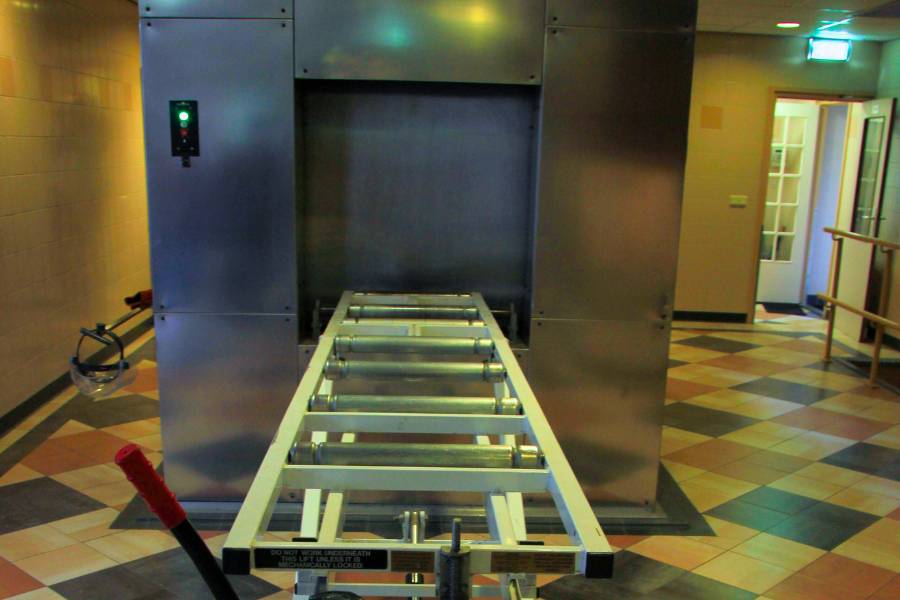
What actually happens during cremation? It’s a very controlled process that transforms a body into “ashes”. Modern cremation facilities follow strict rules to ensure everything is handled perfectly.
Preparation Phase
- Medical Devices Removed: Things like pacemakers must be taken out because they can be dangerous and explode in extreme heat.
- Other Removals: Items like artificial limbs (prostheses), silicone implants, and jewelry need to be removed.
- Special Container: Your body is then placed in a container that can easily burn. The container is (usually) made of wood or strong cardboard. They never use plastic or synthetic materials that could create harmful fumes.
The Cremation Chamber Process
- Modern cremation places use special furnaces called retorts. These are constructed with extremely tough, fire-resistant bricks that can withstand extreme heat.
- While the retort can withstand temperatures between 2,800-4,000°F, the actual cremation happens at 1,400-1,800°F and typically takes about 2-3 hours. The exact time depends on the size and composition.
- During the first 1-2 hours, all the soft parts of the body (like organs, muscles, and skin) completely turn into vapor. The rest of the time allows the bones to become fragile and break down under the heating. It’s important to know that bones don’t completely burn away. They become fragile but maintain their basic structure.
After the Cremation
- Once the cremation is done, the ashes are left to cool down for 2-3 hours.
- Any leftover metal, like surgical implants or dental work, is carefully removed, often using strong magnets.
- Finally, the bone fragments are put into a machine called a cremulator. This machine grinds them into the sand-like powder that families recognize as cremation ashes.
How Cremations Are Done?
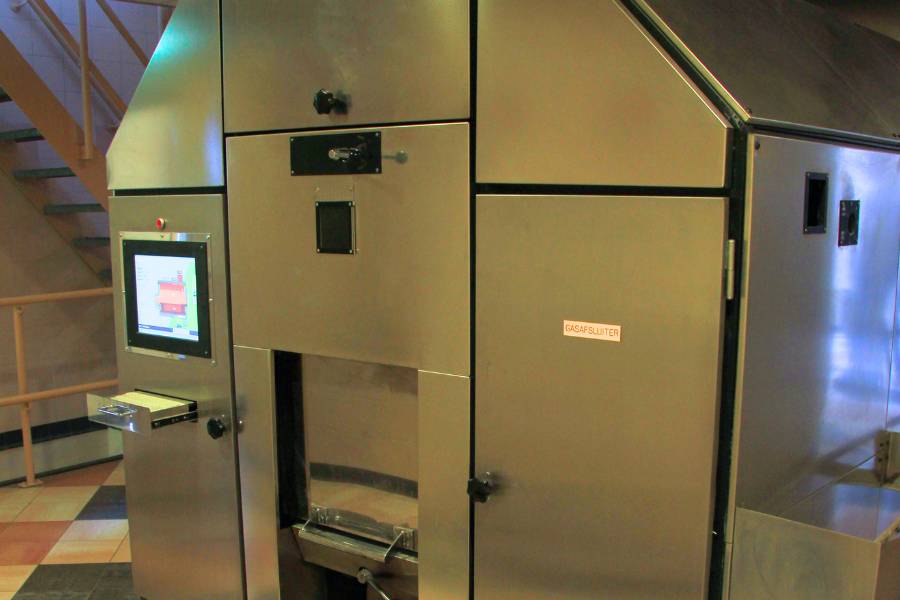
Thinking about cremation? You might be curious about how it all works. Modern cremations follow very strict and thoughtful steps, making sure everything is done with respect and safety. Your journey through the cremation process begins even before the actual heat is involved.
Getting Ready for Cremation
- The first thing is making absolutely sure it’s you. They’ll check all the paperwork, like your death certificate and the authorization for cremation.
- Before cremation, they will do a final check to remove any items that can’t burn, like certain implants or jewelry, to keep things safe.
During the Cremation
- The cremation chamber, also called a retort, is preheated to its working temperature before your body is placed.
- Throughout the process, the temperature is carefully watched to ensure steady heat. Most places use computer-controlled systems to keep everything perfect and track the entire procedure from start to finish.
Safety and Environmental Protocols
- Modern crematories have special systems to control pollution. Air filters remove tiny particles, and the temperature controls make sure everything burns completely.
- Many facilities follow tough environmental rules to help keep our air clean and safe.
Ensuring Accuracy and Care
- Your cremation is tracked from beginning to end with special ID tags that stay with your ashes through every stage.
- Staff members verify each step of the process.
- The way your ashes are processed and packaged at the very end also follows strict rules. This ensures that you or your family receive your loved one’s ashes.
What Do Your Cremation Ashes Actually Look Like?
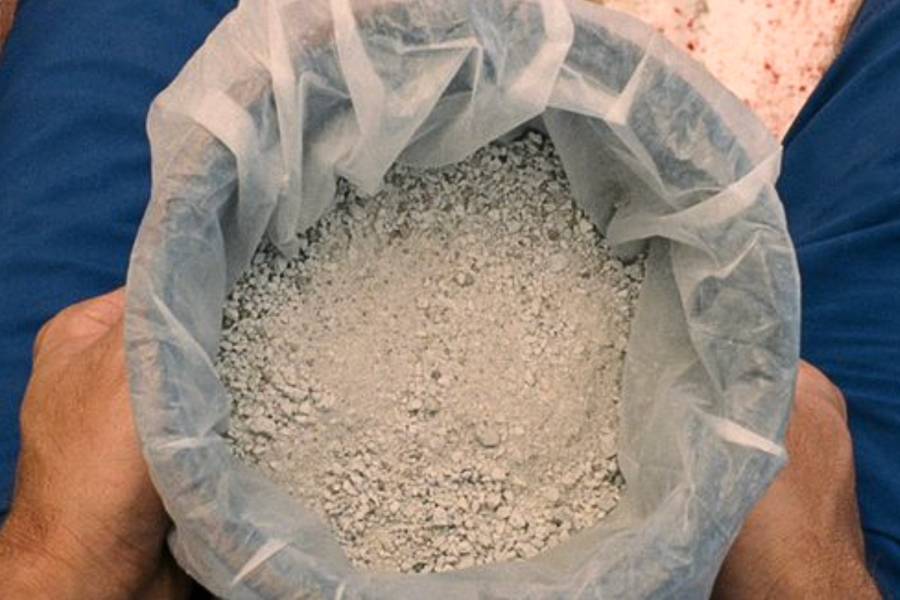
Earlier, we have already explained to you a brief description of cremation ashes. Here’s the visual, texture, weight, and variation of cremation ashes:
- Colors: Expect cremation ashes to be mostly light grey to white. However, don’t be surprised if you notice subtle shades of tan, brown, or even a hint of blue. These color differences are linked to the heat, individual body’s chemistry, and any medical implants that were present.
- Texture and Consistency: cremation ashes will feel more like coarse sand. The tiny particles are usually quite small, around one-eight of an inch, giving them a distinct grainy feel – very different from what’s left after a campfire. This texture happens from a special grinding process after cremation.
- Weight and Volume: For an average adult, cremated ashes will typically weigh between 4 and 8 pounds, often settling around 5 pounds. The volume usually fills about 170 to 200 cubic inches, which is helping information when you are choosing an urn or container.
- Individual Variations: It’s fascinating how unique each person’s ashes are! Things like your lifetime diet, what you encountered in your environment, how dense your bones were (influenced by your age and gender), and even where you lived, all play a part. This ensures that your cremation ashes will be truly yours and unlike anyone else’s.
Urns and Ashes
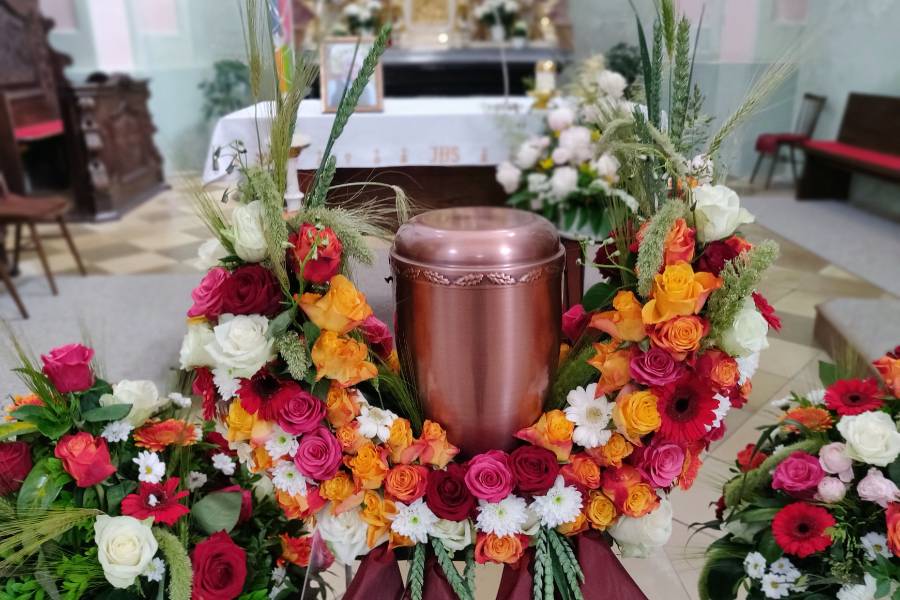
When it comes to choosing for cremated ashes, it’s about finding something that fits both practical needs and your personal wishes. Today, there are many urn options available, designed to suit different ways of remembering while also keeping the ashes safe.
Choosing the Right Urn Size
- For One Person: Most standard urns designed for one person hold about 195-260 cubic inches. This is usually enough space for all of an individual’s ashes.
- For Two People: If you are looking to keep two people ashes together, companion urns are available. These hold around 400-450 cubic inches and can come as one large space or with two separate sections.
- For Sharing: Keepsake urns are smaller containers that let families divide the ashes among several family members, allowing everyone to have a small part.
Material Choices for Your Urn
- Wood: Wooden urns offer a natural look, with beautiful grains from woods like mahogany, walnut, oak, and cherry.
- Metal: For something durable, metal urns are a great choice! They are often made from bronze, brass, copper, or stainless steel.
- Ceramic & Glass: If you prefer something more artistic, ceramic and glass options include elegant porcelain, sparkling crystal, or unique hand-blown glass designs.
Special Urn Types
- Eco-friendly: Biodegradable urns are made from materials like salt, sand, recycled paper, or bamboo. But if directly scattered or buried, these urns can give the risk of harming the environment due to the chemical contents, untreated ashes and other materials that are not really degradable with nature.
The problem with biodegradable urns is that their claims are misleading, yes the urn biodegrades as they would in a cereal box but the ashes do not in fact the ashes in concentrated form even in a biodegradable container are even more harmful to soil and plant health.
Biodegradable urns are banned in many memorial parks and forests as a result.
- For Infants: infant urns are designed for smaller amounts of remains.
- For Veterans: Veteran urns are specially made with patriotic designs to honor military service.
Storing Cremated Ashes
- Cremated ashes are very stable and pose no health risks when they are properly stored.
- Urns should always offer protection from moisture and have a secure way to close.
- You don’t need to worry about temperature changes affecting the ashes, so you have a lot of flexibility in choosing where to store the urn.
Do Your Bones Really Burn Up During Cremation?

Yes, Your whole body, including your bones, completely burns away. But here are more facts you can learn:
- Turns out, human bones can handle the intense heat of modern cremation (1,400-1,800°F). You’d need a temperature above 2,012°F to destroy them, which is much hotter than a typical cremation. So, while your bones are very dry and crumbly, they keep their general structure.
- Some Bones Are Tougher: Not all bones can handle the heat the same way. The strongest bones, especially parts of your skull near your ears (bone pyramids), are known to be the toughest and can survive cremation. Pieces of your spine and the ends of your long arm and leg bones often remain recognizable after being processed.
- Your bones might shrink by about 14-28% during cremation. It can also depend on whether they still have soft tissue or are dry. Since their structures are fragile (after the process), they can be ground, but their basic mineral structure stays intact.
- In Hindu tradition, a specific neck bone (the C2 axis vertebra, also known as the Atmaram bone) often survives cremation and plays a significant role in ceremonies. Additionally, your tooth enamel, the hardest part of your body, often survives cremation at least partially.
The Best Way To Honor Your Loved One’s Cremation Ashes Is Infusing The Ashes Into Living Legacy Trees
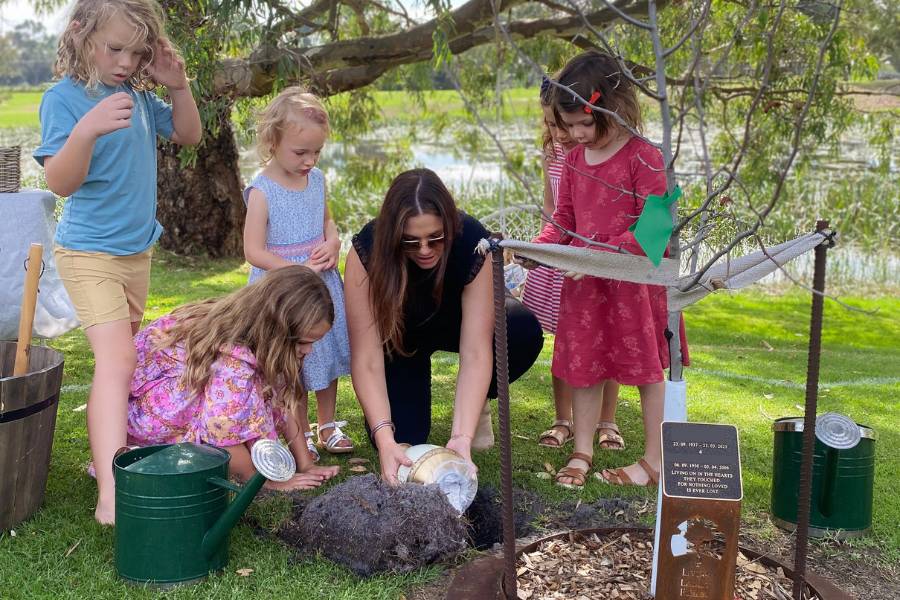
Now that you know what cremation ashes are made of, you might be wondering: what’s the most meaningful thing to do with them? While traditional choices like urns and scattering have been around ages, there’s an amazing way to turn cremation ashes into something special.
The Hidden Downside of Scattering:
- Most families aren’t aware of this problem. Approximately 1.5 cups of salt and very high pH (similar to bleach) in untreated cremation ashes are bad for plants and the natural soil.
- When you choose to scatter ashes in a lovely natural place, you might be creating areas where important soil microbes simply cannot survive. Lab tests have shown that 90% of plants die when they come into contact with untreated cremation ashes.
- Be careful, biodegradable urns don’t fix this issue! The container breaks down, but the harmful ashes inside remain unchanged. They can potentially hurt local trees and plants for long periods of time.
A Living Legacy That Truly Lives
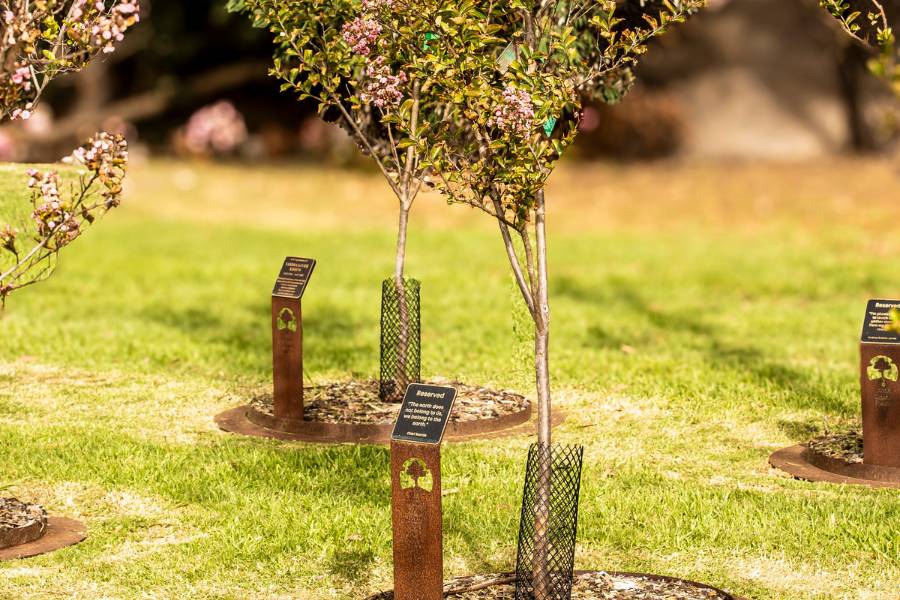
What if, instead of causing environmental damage, your loved one’s ashes could actively help the earth become healthier?
Imagine if those valuable, mineral-rich ashes could be changed from something toxic into nourishing power that helps beautiful trees grow for generations?
Well, Living Legacy Forest is the answer! It is the best memorial option with the world-first scientific method created by Warren Roberts and a team of scientists led by Dr. Mary Cole. This special process can turn cremation ashes from their harmful state into bioavailable micronutrients, tiny food particles that trees can truly absorb and use to grow.
Where Your Love Grows: Living Legacy Locations
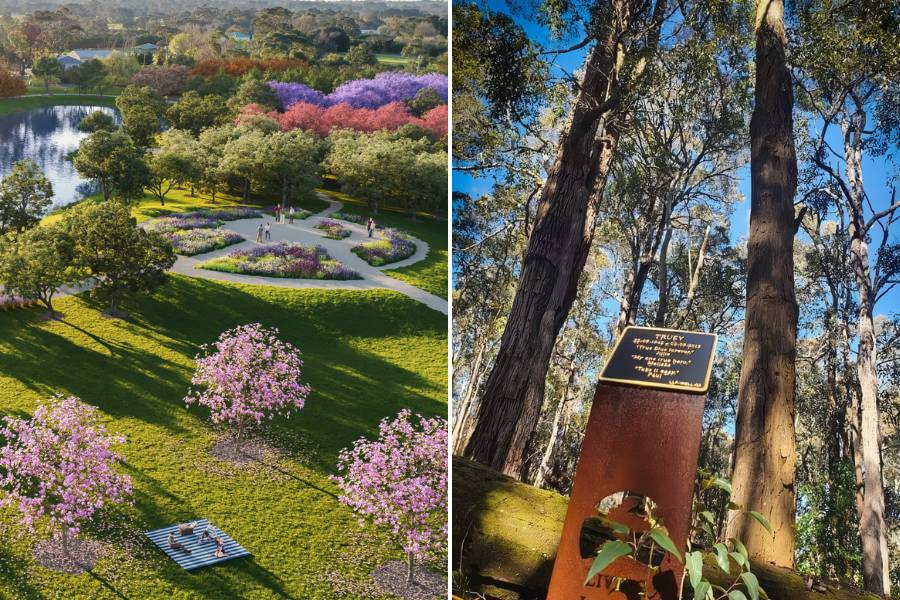
Now, let’s explore where science meets heartfelt remembrance. Living Legacy provides you with special locations where your loved one’s ashes can become part of a living memorial.
Mornington Green Living Legacy Gardens (Melbourne, Mornington Peninsula)
Imagine creating a Living Legacy family tree in a stunning botanical garden that was once a golf course. This peaceful place, only 50 minutes from Melbourne’s city, gives you the chance to:
- Choose a tree that speaks to you: delicate cherry blossoms for spring beauty, radiant golden wattles for a winter birthday, or mighty oaks for a strong autumn remembrance.
- You have the option to add multiple family member’s ashes to the same tree over time, truly making it a growing symbol of your family’s history.
- Your memorial site is protected forever through council agreements, and you can visit any day of the year.
- They provide professional planning for ceremonies and a beautiful Magnolia House for gatherings to celebrate life.
Wellington Dam Living Legacy Forest (Western Australia)
This special conservation forest can help create a home for endangered mainland Quokkas and Black Cockatoos, all while honoring your loved ones among giant native trees. Here is what you will find:
- Giants of the forest! Your tree will stand tall among massive Jarrah, Marri, and Eucalyptus trees that can grow over 40 meters high and live for centuries.
- A conservation agreement that ensures your memorial tree can never be cut down.
- Affordable price, starting from $2,000 with no ongoing payment.
- A living contribution that allows you to restore important habitat for endangered animals actively.
The Amazing Science Behind it All
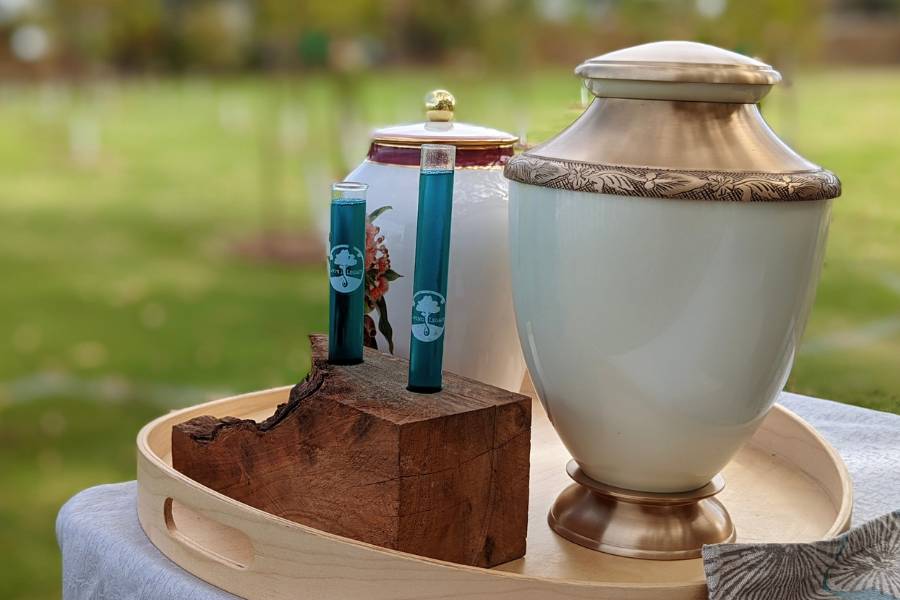
Living Legacy’s special ash treatment does something incredible that nature can’t do on its own. Here’s how they transform ashes into life-giving nutrients:
- pH Balance: They change the ash’s pH from a toxic level over 12, similar to bleach) to a perfect 6.5, which is ideal for plants.
- Self-reduction: They reduce the salt content to levels that trees can handle
- Good Microbes: They introduce beneficial microorganisms and fungi that are essential for healthy soil.
- Nutrient Creation: The ashes are turned into food that nourishes tree growth.
This means your loved one becomes part of the tree, continuing to live on through its growth, its seeds, and the thousands of new trees that will produce over centuries. Not only will you contribute to the Earth, but your legacy will live on forever.
Turn Grief into Growth: Your Loved One Can Heal the Earth

When you choose Living Legacy Trees, you’re not just finding a peaceful spot; you’re actively helping the environment heal.
- Every memorial tree we plant removes more carbon from the air than cremation creates.
- Your choice helps create homes for local wildlife and endangered animals.
- It turns sadness into something beautiful and growing.
Our Choice Matters: From Ashes to a Living Legacy
Did you know your loved one’s ashes are full of good stuff, like phosphates, calcium, and other minerals? These aren’t meant to sit on a shelf or be scattered. With the right care, they can continue to give life.
You could choose the old way: a memorial that merely occupies space and does nothing for the world. Alternatively, you can choose The Living Legacy Tree. In a peaceful forest, you will find every tree connecting you to something vibrant and thriving, actively making our planet more beautiful.
Ready to Make a Difference?

Don’t let those precious ashes go unused when they could become something truly amazing. Call us to discover how your loved one’s ashes can become a lasting legacy that continues to live on.
- Mornington Green Living Legacy Gardens: (03) 9059 4959. Located in Melbourne Victoria.
- Wellington Dam Living Legacy Forest: (08) 6333 0350. Located in Worsley Western Australia, just 2 hours drive from Perth.
Think of it this way: what cremation ashes are isn’t an end, but a new beginning. It’s not just a memory of death, but a powerful celebration of life that continues.
Let’s change how we leave our mark on the world. Choose Living Legacy.


